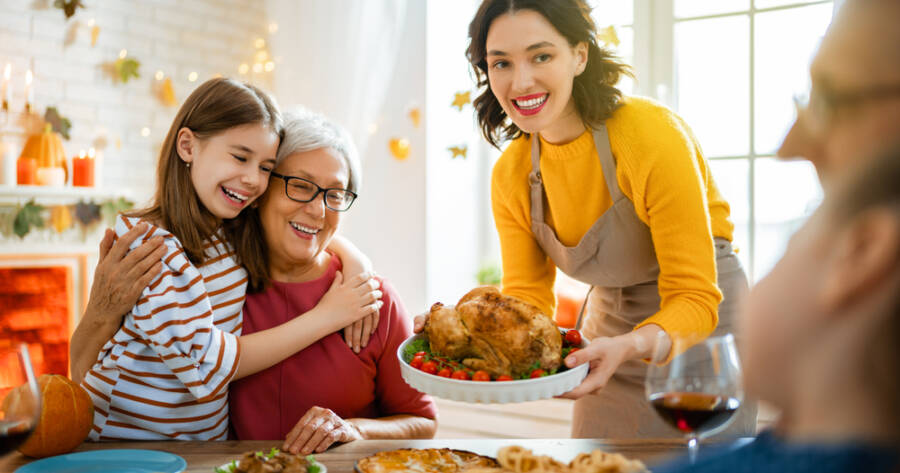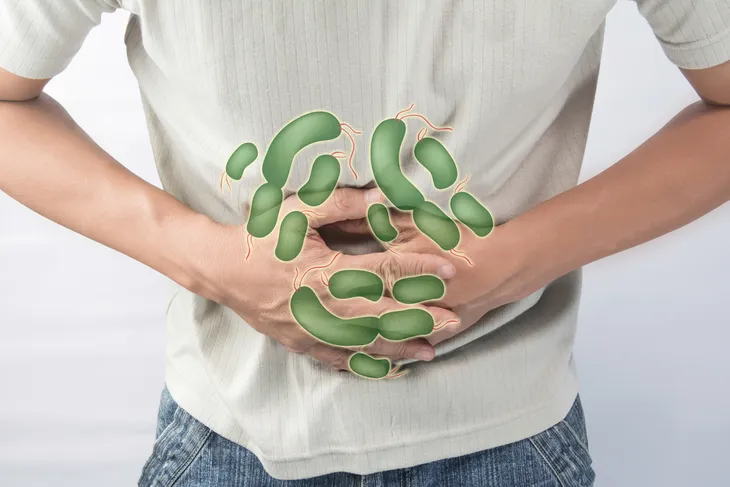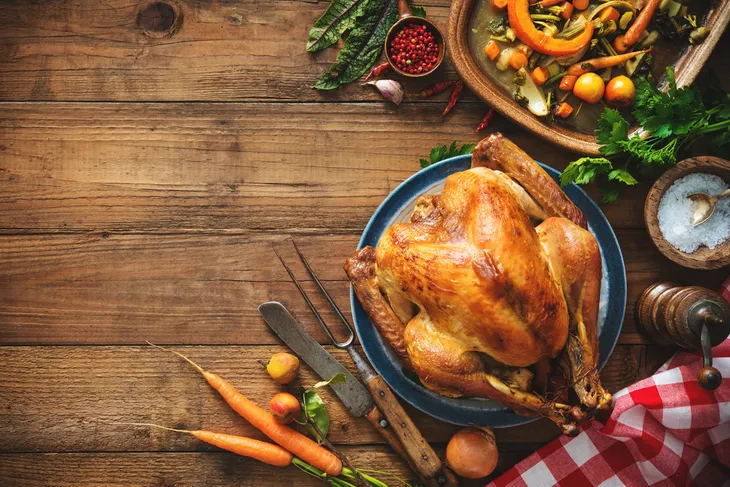Thanksgiving is a time for gathering with friends and family around the dinner table. No one wants to cause their family or friends to get sick from a foodborne illness on this holiday or any other occasion.
The Centers for Disease Control and Prevention reports that 1 in 6 Americans, or 48 million people, get sick from a foodborne illness each year. According to the CDC, more than 1 million of these people get sick from salmonella, which is the primary pathogen associated with poultry.
As a food safety specialist, I educate food producers, manufacturers and consumers on how to ensure the safety of the food they produce.
This Thanksgiving – and, really, for any gathering – make sure you understand how to prepare your meal to ensure that everyone goes home without a foodborne illness. Understanding the safe food practices to follow at home during preparation, cooking, serving and storing leftovers will keep your holiday meal delicious and safe to eat.
Pathways to foodborne illness
Salmonella is a bacteria that causes a foodborne illness called salmonellosis. Salmonella is also often linked to undercooked poultry and beef, undercooked eggs, raw milk and produce. Symptoms of salmonellosis, which include diarrhea, fever and stomach pain, can begin six hours to six days after eating contaminated food.
Food contamination occurs when pathogens, toxins or chemicals make their way into food. Common pathogens that are attributed to foodborne illnesses are salmonella, E. coli, listeria and norovirus. Botulism is a foodborne illness that is caused by a toxin that is produced by a bacterium. A bacterial or viral contaminant can get on the food at any point along the food production chain, from the field, water, equipment, processing, handling, transportation, storage or preparation.
Every person who grows, handles, transports, stores or prepares food along the food production chain plays a very important role in detecting, eliminating or reducing contamination.
The perennial wisdom of hand-washing
Any food preparation and handling should always start with hand-washing.
There are five steps to proper hand-washing:
- Wash hands with running water.
- Apply enough soap to create a complete lather.
- Scrub hands, including the top, between fingers, around fingernails and wrists for a minimum of 20 seconds.
- Rinse hands under running water.
- Dry with a paper towel or air dry.
Hands should also be washed any time during food preparation that your hands have touched another food or surface that may have pathogens on it. This includes handling raw meat, poultry, seafood or eggs, as well as touching unwashed produce, blowing your nose, touching your cellphone or petting a cat or dog, to name a few.
A study by the U.S. Department of Agriculture’s Food Safety Inspection Service, which is the branch of the USDA that makes sure meat, poultry and eggs are safe for consumption, observed that 97% of study participants failed to wash their hands during food preparation when they should have. So while hand-washing might seem like a no-brainer, clearly it’s not.
Rinsing the poultry beforehand is a no-no
While preparing your meal, there are a few critical food-handling steps to follow to prevent cross contamination, or the transfer of pathogens from one surface to another.
First, keep raw meat, poultry and seafood away from raw or ready-to-eat foods. For example, do not prepare your raw turkey next to where you are preparing a salad, or do not cut produce on a cutting board that had raw meat on it without washing it thoroughly first.
Many people may not realize that it is unsafe to rinse poultry before cooking. The USDA recommends leaving poultry unwashed because it can cause pathogens to easily spread throughout the kitchen from the spray of the water. The only exception is a brined turkey. Brined turkeys are required to be rinsed before cooking, but use extra caution when doing so, and be sure to sanitize all surfaces in and around the sink afterward.
Having a clean work surface is critical
Another key step to keeping your Thanksgiving meal safe is to effectively clean and sanitize kitchen surfaces and equipment following instructions on your kitchen cleaner.
Chlorine bleach is a commonly used sanitizer that can be used in the kitchen, but there are a few things to know before using it. Chlorine bleach works best when mixed with cool – not hot – water and should be made fresh daily before using. To prepare, mix a teaspoon of bleach with one quart of water, and let the solution cover the surface for one minute before wiping, or allow to air dry.
 Shutterstock/Stock-Asso
Shutterstock/Stock-AssoCooking the meat to safe temperatures
Cooking the Thanksgiving turkey or ham are two more critical steps in preparing a safe holiday meal.
Before cooking turkey, make sure it is completely thawed in the refrigerator. For large birds, this may require up to one week of thawing time, so plan ahead.
All poultry must be cooked to a minimum of 165 degrees Fahrenheit. Cooking instructions and cooking temperatures will vary based on the cooking method that you choose. But no matter the cooking method, make sure to take the temperature of the turkey in the thickest portion of the breast meat and innermost part of the thigh, being sure not to touch bone with the thermometer. Poultry must be cooked to 165 F because this is the temperature that is required to kill salmonella instantly.
Based on the size of your bird and your cooking method, determine the amount of cooking time it will need well ahead of time. If you are cooking it in the oven with other dishes, consider that some extra roasting time may be needed, as the temperature of the oven decreases and extends cooking time every time the oven door is opened. You want to make sure you have enough time to cook the turkey thoroughly and allow approximately 30 minutes of rest time at room temperature before carving.
If you are preparing ham, first determine whether it is fully precooked at the time of purchase or if cooking is required. Even if fully cooked, hams still need to be heated to a minimum of 140 F. Those that require cooking need to be cooked to 145 F. Like turkey, roasting time will be based on the size of the ham – plan ahead so you know when to put it in the oven. A thermometer should be used to measure the temperature of the thickest portion of the ham without touching bone.
Safe handling and storage should not be an afterthought
Safe handling of the turkey, ham and other side dishes does not end after they are cooked.
If the food is served buffet style and will be kept out at room temperature for an extended period of time, make sure to have a plan to keep hot food hot, which means above 135 F, and cold foods below 40 F, which is equivalent to the maximum safe temperature of a refrigerator. For example, hot foods can be kept hot in a preheated chafing dish, and cold foods can be served in their serving dish that is nestled in a bowl or tray of ice. If you are unable to keep the food hot or cold during service, then make sure they are put away in the refrigerator within two hours after serving.
Thanksgiving leftovers should be stored in the refrigerator for no more than three to four days. If you have a lot of leftovers that won’t be eaten within this time frame, consider freezing them for a quick meal at a later date, then thaw and eat them within three to four months for best quality. Remember to label and date leftovers so you know what they are and when they were put in the refrigerator or freezer.
Kimberly Baker, Food Systems and Safety Program Team Director and Assistant Extension Specialist, Clemson University
![]()
This article is republished from The Conversation under a Creative Commons license. Read the original article.







